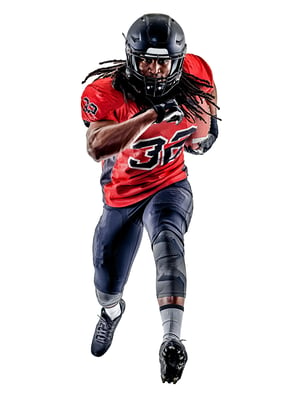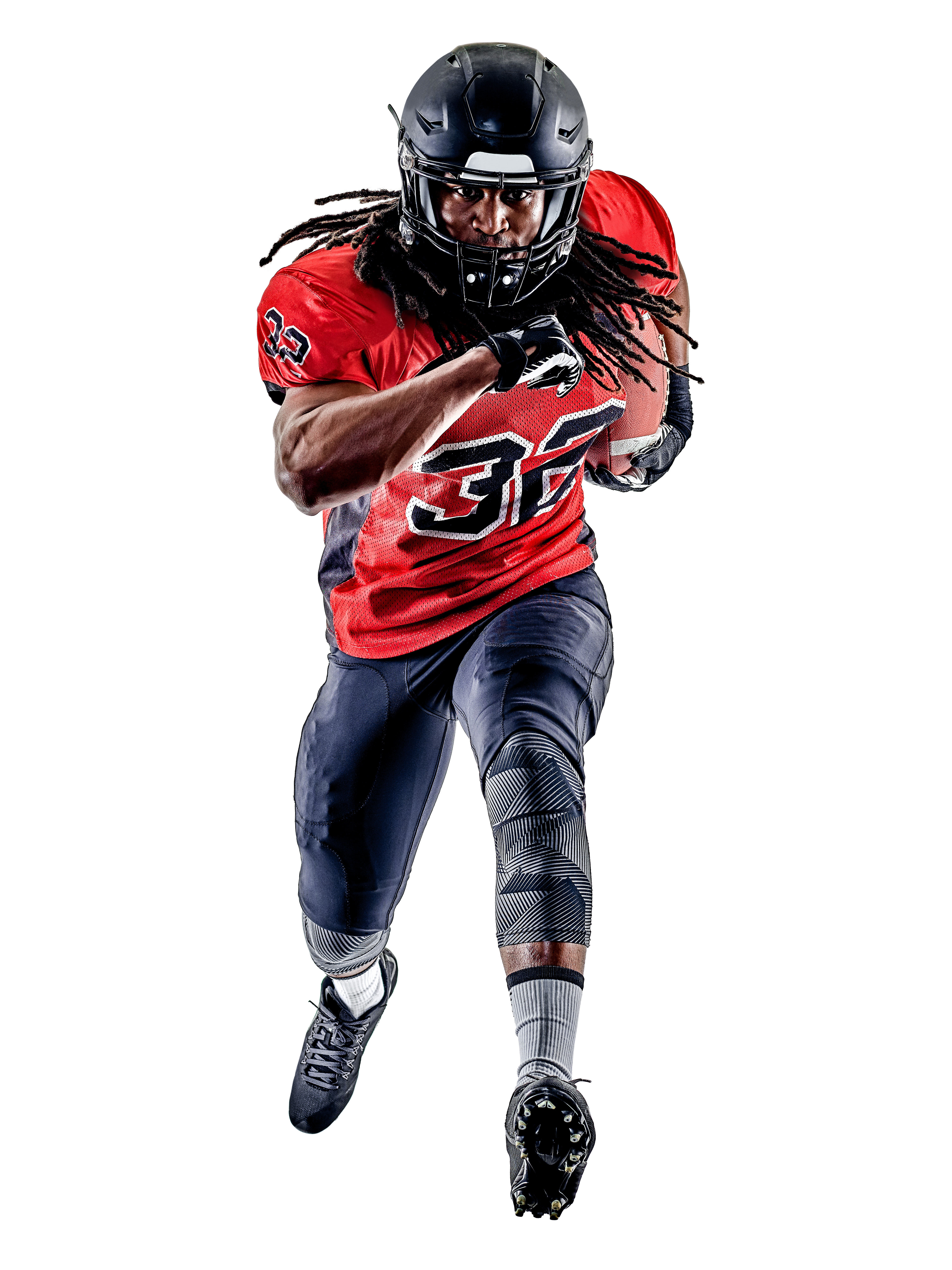Finding the Limiter with Muscle Oxygen Monitoring to Maximize Athletic Performance
 We often talk about identifying physiologic limiters with Moxy. We can determine if an athlete is limited by oxygen delivery or oxygen utilization and we can further discern if a supply limitation is due to the cardiac or the pulmonary system.
We often talk about identifying physiologic limiters with Moxy. We can determine if an athlete is limited by oxygen delivery or oxygen utilization and we can further discern if a supply limitation is due to the cardiac or the pulmonary system.
Once a trainer knows what is limiting the athlete’s performance, they can program their training to produce the most effective outcomes. This is most important for athletes that are already somewhat well-trained. For very highly trained athletes in professional team sports, very few things will make them better and many things could make them worse. It’s up to the trainer to plot a positive path forward.
It may be surprising that so much valuable physiologic information from a simple sensor that only measures muscle oxygenation. How can the muscles indicate what’s going on in the lungs or heart? How can one simple device provide so much valuable information? How can we know in advance if an athlete is more likely to benefit from High Intensity Interval Training, Respiratory Training, or Altitude Training? The goal of this blog is to sketch out an answer to these questions.
Muscle Oxygenation is where the Oxygen is Being Consumed
It’s important to keep in mind precisely where muscle oxygenation is measured and what it measures. SmO2 is the percentage of hemoglobin and myoglobin in the capillaries and tissue of the muscle that is carrying oxygen. THb is an indication of the blood volume in the muscle. THb does not quantify blood volume, but it indicates when it’s increasing, decreasing, or staying the same.
SmO2 is measured right where the oxygen is being dropped off to be consumed. It’s useful to think of this as a measure of the balance of supply and demand for oxygen in the muscle. If the body is delivering more oxygen than the muscle needs, the SmO2 will increase. If the muscle is using more oxygen than the body can supply, then SmO2 will decrease.
This is very different than the arterial oxygen saturation measured by a fingertip pulse oximeter. No oxygen is consumed in the arteries, so it is only measuring if the lungs are resaturating the hemoglobin with oxygen completely. It’s largely independent of load except at the highest intensities.
This capability to represent the balance between supply and demand for oxygen gives us the first step in determining the limiter. If the athlete is unable to desaturate when they’ve adapted to a maximal load, we know that they are limited by their muscle oxidative capacity. They aren’t using all the oxygen that is being delivered. If they want to get faster, they need to be able to use fuel faster.
The flip side is if an athlete does desaturate well at high loads. This means their muscles are extracting all the oxygen their body can deliver. The next step is to figure out whether the cardiac or pulmonary system is reaching its limit first.
Total Hemoglobin Indicates Changes in Blood Volume in the Muscle
The body does a great job of preventing the conscious brain from hurting itself. If there is not enough blood flow for every system that wants more oxygen, the body will act to preserve blood flow for the heart and brain by restricting blood flow where it is less critical. This is the essence of a cardiac limitation. We can observe the side effect of this in the muscles in several ways. First, the oxygen saturation in the working muscle will be low. The muscles will extract all the oxygen they can get. It’s also informative to look at a “low-priority” muscle. This might be an exterior deltoid on a wide receiver. It does some work when they run, but it’s not the main power producing muscle. The body will restrict blood flow to the low priority muscles first. If we see low SmO2 and declining THb in a low priority muscle, that’s a strong indication of a cardiac limiter. The body may even restrict blood flow to the working muscles if needed. This shows up as decreasing THb in the working muscles.
When the athlete is limited by their pulmonary system, the effects are quite different. Limits on air exchange cause the CO2 in the blood to increase. The buildup of CO2 has some interesting effects. It makes it easier for the hemoglobin to release its oxygen in the muscle so that's good. It's also a powerful vasodilator which means there's more blood in the muscle which shows up as higher THb. CO2 also stimulates respiratory frequency. So, a little bit is good. However, it also makes it harder for the hemoglobin to reload in the lungs so too much becomes and oxygen supply limitation.
Applications for Team Sport Athletes
Muscle Oxygen Monitoring has had substantial adoption with endurance sport athletes. It’s easy to see how the limiter concept applies to long sustained loads where much of the work is produced by oxygen dependent metabolism. Typical football plays last something like 4 to 8 seconds. We need to consider the bioenergetics of these athletes to see how the concept can be helpful.
There is a common line of thinking that athletes are completely “anaerobic” during the first seconds of efforts because their oxygen delivery system hasn’t had time to adapt to the load yet. At least some of this thinking is due to VO2 testing which measures oxygen exchange in the inhaled versus exhaled breath. It’s true that this doesn’t show much change in 8 seconds, but this is a long way from where the energy is being produced.
When we measure on the muscles, we see that oxygenation in the muscles starts to decrease almost instantly at the start of a load. Remember that myoglobin is a local store of oxygen in the muscles. When the athlete suddenly starts an effort like after the snap of a football, their muscles are using oxygen stored on their myoglobin in addition to the oxygen being delivered by hemoglobin in the blood flow. In this sense, they are maximally aerobic during these short bursts of effort because this is when there is the most oxygen available.
The body doesn’t switch between aerobic and anaerobic metabolism. During a hard effort, it gets energy any way it can. The oxygen independent sources of metabolism (anaerobic) are limited and when they are depleted, performance will decrease. The goal for a football player is to make these last through the entire game. There are two strategies to making this work.
- Use the oxygen independent sources of metabolism sparingly, and
- Recover them as much as possible when you can.
Understanding the limiter concept and applying it effectively can help a trainer prescribe workouts for their athletes to make these strategies work. An athlete with a pulmonary limitation will recover more slowly between plays. They won’t use up all their oxygen independent sources of metabolism in a few plays, but the effects will accumulate through an entire game.
An athlete with limited oxidative capacity is leaving fuel on the field. If they can’t use oxygen fast enough, they will use more oxygen independent sources of metabolism on each play. Again, the accumulated effect will result in reduced performance late in the game.
Breathing training will have limited benefit for the oxidative capacity limited athlete and high intensity interval work will have limited benefit for the pulmonary limited athlete. However, if they focus their training correctly, they will achieve more improvement with less effort.
Summary
Muscle Oxygen Monitoring let’s trainers see inside the bodies of athletes to understand which physiologic systems are limiting performance. The sensors can be worn on the field while the athlete performs their sport. Trainers can use this information to design training plans to improve performance in already well-trained athletes.

